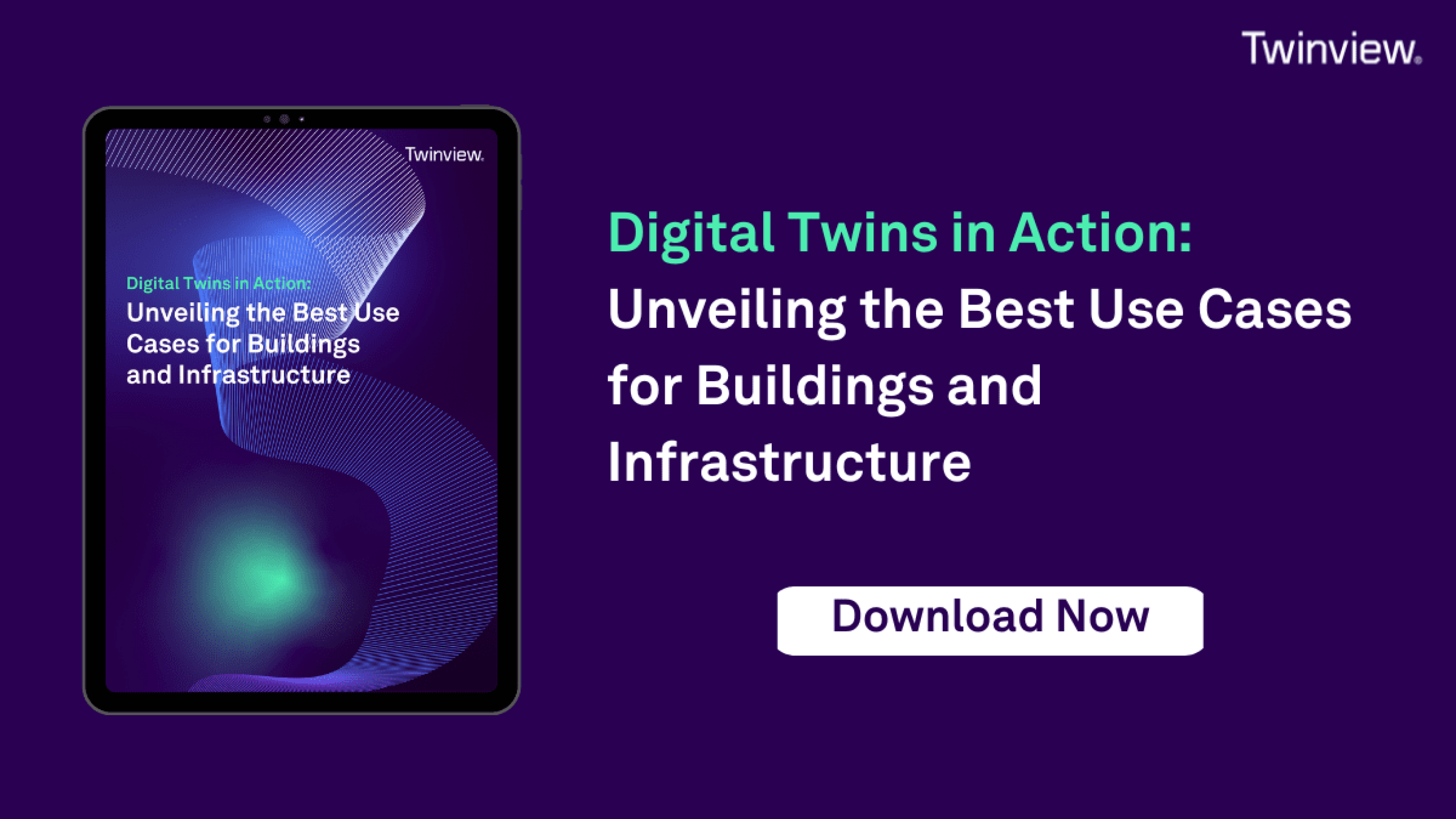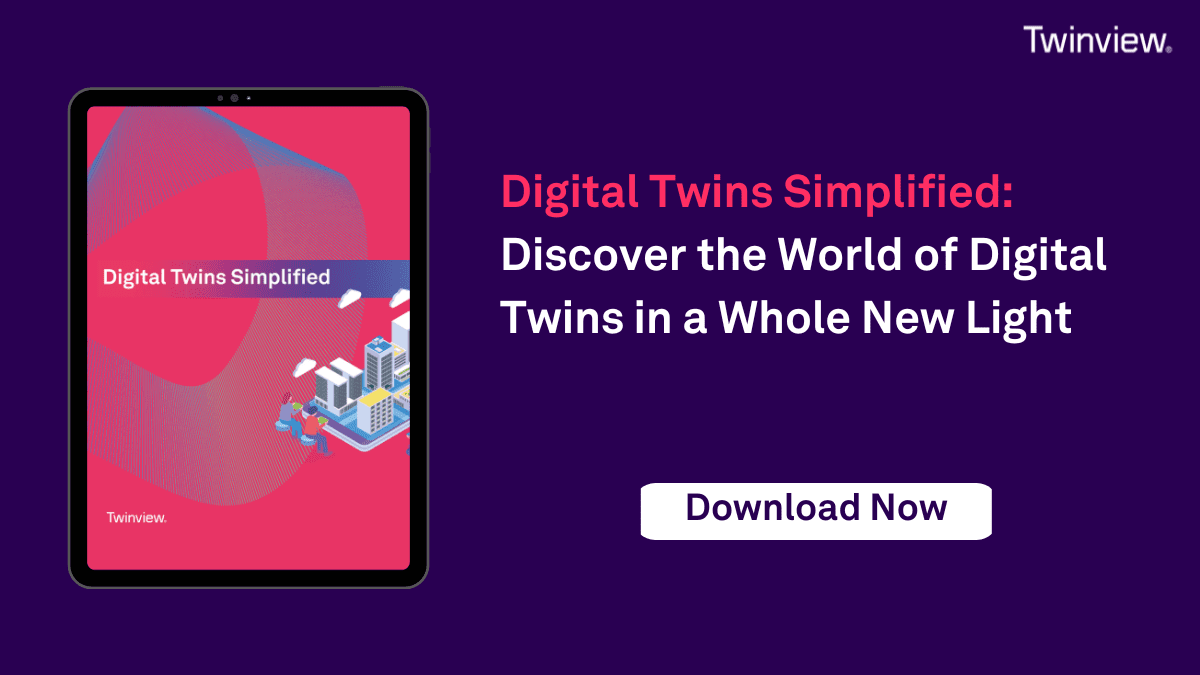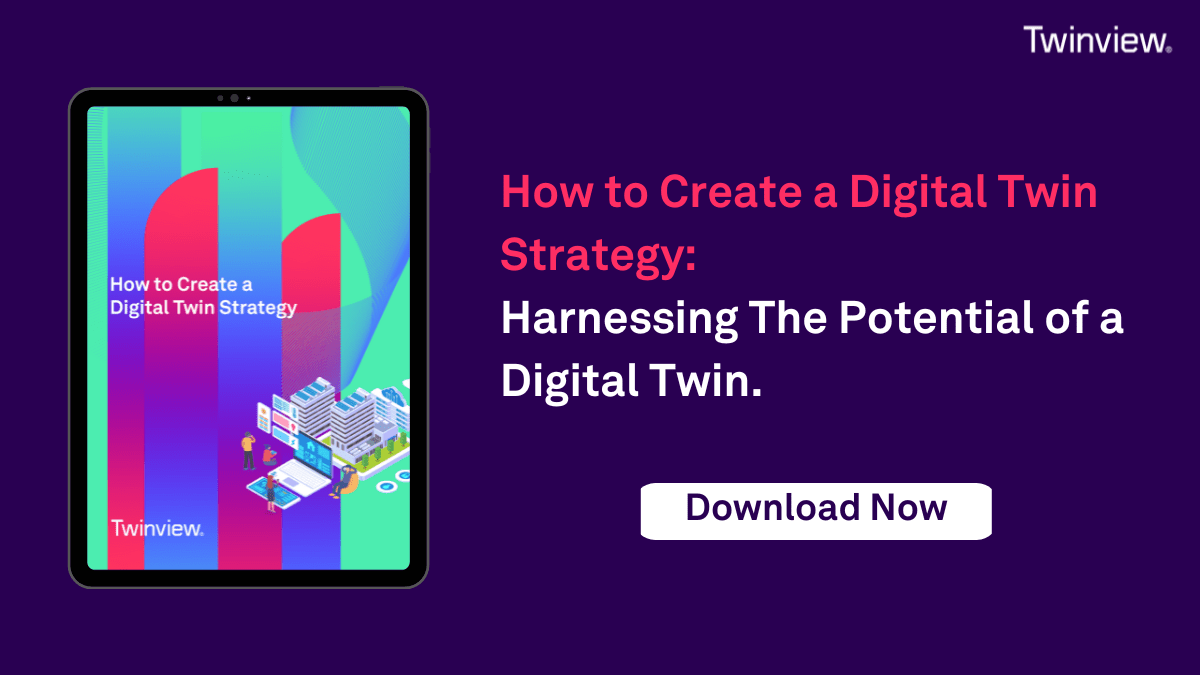28 Aug 2024 | Industry Insights
Harnessing the Power of Digital Twins: Centralising Data for a Digital Healthcare System

Harnessing the Power of Digital Twins: Centralising Data for a Digital Healthcare System
Healthcare stands on the cusp of a revolutionary shift.
The NHS, with its vast network of hospitals, clinics, and trusts, faces the unique challenge of managing an overwhelming amount of data. This data—from patient records and treatment plans to equipment maintenance logs and administrative documents—is often scattered across various digital systems and physical records.
Enter digital twin technology—a promising solution that can centralise these dispersed data sources to create a single source of truth, driving efficiency and improving patient care.
Understanding Digital Twins in Healthcare
In the healthcare sector, digital twins represent the digital counterparts of hospital operations, patient care pathways, and even individual medical devices. By integrating real-time data from multiple sources, digital twins provide a comprehensive view of operations, enabling better decision-making and strategic planning.
Centralising Dispersed Data Sources
The NHS is an intricate web of departments, each with its own specialised systems, procedures, and data streams. Historically, these have operated in silos, with little interaction or data sharing between them. However, the power of a Digital Twin lies in its ability to centralise this dispersed information into a single, unified platform.
By integrating data from electronic health records (EHRs), IoT-enabled medical devices, physical documents, and even building management systems, a Digital Twin creates a comprehensive, accessible repository of information. This single source of truth ensures that healthcare professionals across departments have access to the same data, fostering collaboration and reducing the risk of errors due to misinformation or outdated records.
Improving Cross-Department Collaboration
In the NHS, patient care often involves multiple departments working together, from initial triage to diagnosis and treatment. Traditionally, the handover of information between departments has been fraught with delays, duplications, and inaccuracies. A Digital Twin streamlines this process by providing real-time, accurate data that is accessible to all relevant parties.
For instance, when a patient moves from the emergency department to a specialist ward, all critical data—from medical history to recent test results—can be instantly shared and accessed via the Digital Twin. This reduces waiting times and ensures that each department is working with the most up-to-date information, thereby improving the quality of care and enhancing patient outcomes.
Enhancing Patient Care with Faster Triage
Triage is a critical component of patient care, determining the urgency of a patient's condition and prioritising treatment accordingly. However, traditional triage processes can be time-consuming and often rely on manual assessments and fragmented information. A Digital Twin can revolutionise triage by providing healthcare professionals instant access to a patient's complete medical history, recent test results, and even real-time data from wearable devices.
This comprehensive view enables faster, more accurate triage decisions, ensuring that patients receive the right level of care at the right time.
Via the integration of non-intrusive video systems, the Digital Twin can also monitor triage waiting rooms and other regular bottlenecks across a healthcare setting to instantly notify healthcare professionals when a department is being overrun and support is needed. Similarly, this data could be used by ambulance and 111 staff to help support their decision-making process for when and where to send patients who need further medical care.
Predictive Maintenance for Healthcare Machinery
Healthcare facilities rely heavily on a wide array of machinery and equipment, from MRI scanners to ventilators. The failure of a single piece of equipment can have severe consequences regarding patient care and operational efficiency. A Digital Twin enables predictive maintenance by continuously monitoring the condition and performance of these assets through real-time IoT data.
By analysing this data, the Digital Twin can predict when a machine will likely fail or require maintenance, allowing for timely interventions before a breakdown occurs. This prevents costly downtime and extends critical equipment's lifespan, ensuring that the NHS can continue to deliver uninterrupted care.
Creating an Early Warning System for Machinery
Integrating real-time IoT data into a Digital Twin doesn't just stop at predictive maintenance—it can also serve as an early warning system for critical machinery. For example, a Digital Twin could monitor the performance of a hospital's HVAC system, detecting anomalies that could indicate a potential failure.
By alerting maintenance teams to these issues before they escalate, the Digital Twin helps prevent disruptions to the hospital environment, which is crucial for maintaining sterile conditions and patient comfort. This proactive approach safeguards the physical infrastructure of NHS facilities and contributes to a safer and more reliable healthcare environment.
Driving Cost Savings through Improved Efficiencies
In an era of budget constraints and rising demand, the NHS is constantly under pressure to do more with less. A Digital Twin drives significant cost savings through improved operational efficiency by centralising data and enabling predictive analytics.
For example, a Digital Twin can help NHS trusts save on energy and maintenance costs by optimising energy use in hospital buildings or reducing unnecessary equipment downtime. Furthermore, streamlining workflows and reducing the duplication of effort frees up valuable time for healthcare professionals to focus on what they do best—caring for patients.
The digitalisation of the NHS is not just a goal; it is necessary in today's fast-paced, technology-driven world. Digital Twins offers a powerful solution by centralising dispersed data sources and creating a single source of truth across all departments within an NHS trust. This integration leads to improved cross-department collaboration, predictive maintenance, faster triage, and cost savings—all of which contribute to better patient care.
As the NHS continues to evolve, adopting Digital Twin technology will be vital to unlocking new levels of efficiency, safety, and excellence in healthcare delivery.

eBooks
Digital Twins in Action: Unveiling the Best Use Cases for Buildings and Infrastructure
Understanding the diverse use cases of digital twins is paramount to unlocking their full potential. In this eBook, we will explore many use cases showcasing the versatility and efficacy of digital twins across different domains. From optimising energy consumption in buildings to ensuring the resilience of critical infrastructure.
Read more

eBooks
Digital Twins Simplified
Discover the world of digital twins in a whole new light with our eBook, Digital Twins Simplified! Specifically tailored for construction enthusiasts and professionals, this comprehensive guide demystifies the concept of digital twins, breaking it down into easily digestible insights. Uncover the transformative potential of this cutting-edge technology as you explore real-world applications, benefits, and strategies to revolutionize your construction projects.
Read more

eBooks
How to Create a Digital Twin Strategy
In the era of digital transformation, businesses across various industries are leveraging innovative technologies to enhance their operations and drive growth. One such groundbreaking technology is Digital Twinning. However, to truly harness its potential, a well-thought-out digital twin strategy is vital. This is where our latest PDF - "How to Create a Digital Twin Strategy", part of the Demystifying Digital Twins series, comes into play. This detailed guide is designed to provide you with a clear roadmap to establish a successful digital twin strategy that can significantly impact your business outcomes.
Read more
Book your one-on-one appointment with one of our specialists.
info@twinview.com
+44 (0)844 800 6660
London
24 Greville Street
Farringdon
London
EC1n 8SS
Newcastle
Spaceworks
Benton Park Road
Newcastle upon Tyne
NE7 7LX

